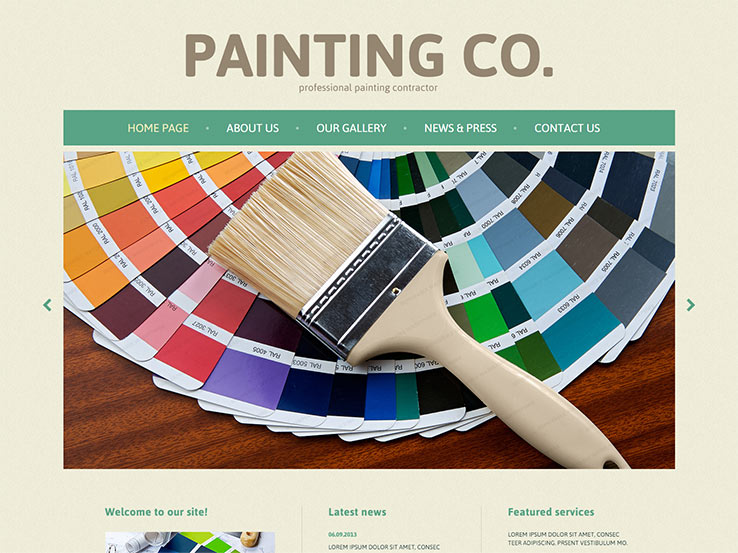Investigate The Function Of Seasonal Consider The Success Of Business External Painting And Reveal The Most Effective Times To Safeguard Lasting Outcomes For Your Job
Investigate The Function Of Seasonal Consider The Success Of Business External Painting And Reveal The Most Effective Times To Safeguard Lasting Outcomes For Your Job
Blog Article
Post Created By-Fox Whalen
When you're planning a commercial exterior painting job, seasonal variables can make or break your results. You'll intend to consider just how temperature and moisture influence paint application and drying times. Selecting the right season can guarantee your paint sticks properly and lasts much longer. However which periods are truly the most effective for this kind of work? Let's explore the crucial elements that can impact your task's success.
The Effect of Temperature on Paint Application
When you're planning an industrial exterior painting job, the temperature can dramatically impact how well the paint sticks and dries.
Ideally, you want to paint when temperature levels range between 50 ° F and 85 ° F. If it's also cold, the paint may not heal appropriately, causing problems like peeling or cracking.
On the other side, if it's too hot, the paint can dry out as well swiftly, avoiding appropriate bond and causing an unequal finish.
You must likewise consider the moment of day; morning or late afternoon supplies cooler temperature levels, which can be extra favorable.
Constantly examine just click the next webpage for the certain paint you're using, as they usually supply assistance on the perfect temperature range for ideal outcomes.
Humidity and Its Impact on Drying Times
Temperature level isn't the only environmental element that affects your business external paint task; moisture plays a considerable function too. High humidity degrees can slow down drying out times drastically, affecting the overall top quality of your paint job.
When the air is filled with wetness, the paint takes longer to treat, which can result in problems like bad bond and a greater danger of mold development. If you're painting on a particularly moist day, be gotten ready for extensive wait times between coats.
It's vital to keep an eye on local weather conditions and strategy as necessary. Preferably, go for moisture degrees between 40% and 70% for optimum drying.
Maintaining these factors in mind guarantees your job remains on track and provides a long lasting finish.
Best Seasons for Commercial Outside Painting Projects
What's the most effective season for your industrial external paint tasks?
Springtime and very early autumn are normally your best options. During these periods, temperatures are light, and humidity levels are commonly lower, producing perfect problems for paint application and drying out.
Avoid summer's intense heat, which can trigger paint to completely dry also rapidly, causing inadequate bond and coating. Similarly, winter's chilly temperatures can hinder proper drying out and curing, risking the long life of your paint work.
Go for days with temperatures in between 50 ° F and 85 ° F for optimal results. Keep in mind to check the regional weather forecast for rain, as wet conditions can destroy your job.
Planning around these elements ensures your painting job runs smoothly and lasts much longer.
Conclusion
To conclude, preparing your industrial exterior paint jobs around seasonal considerations can make a considerable distinction in the end result. By organizing work during the suitable temperature levels and moisture degrees, you'll ensure much better attachment and drying times. Bear in mind to watch on neighborhood weather prediction and pick the right time of year-- springtime and early fall are your best bets. Taking these steps will certainly aid you attain a long lasting and professional coating that lasts.
